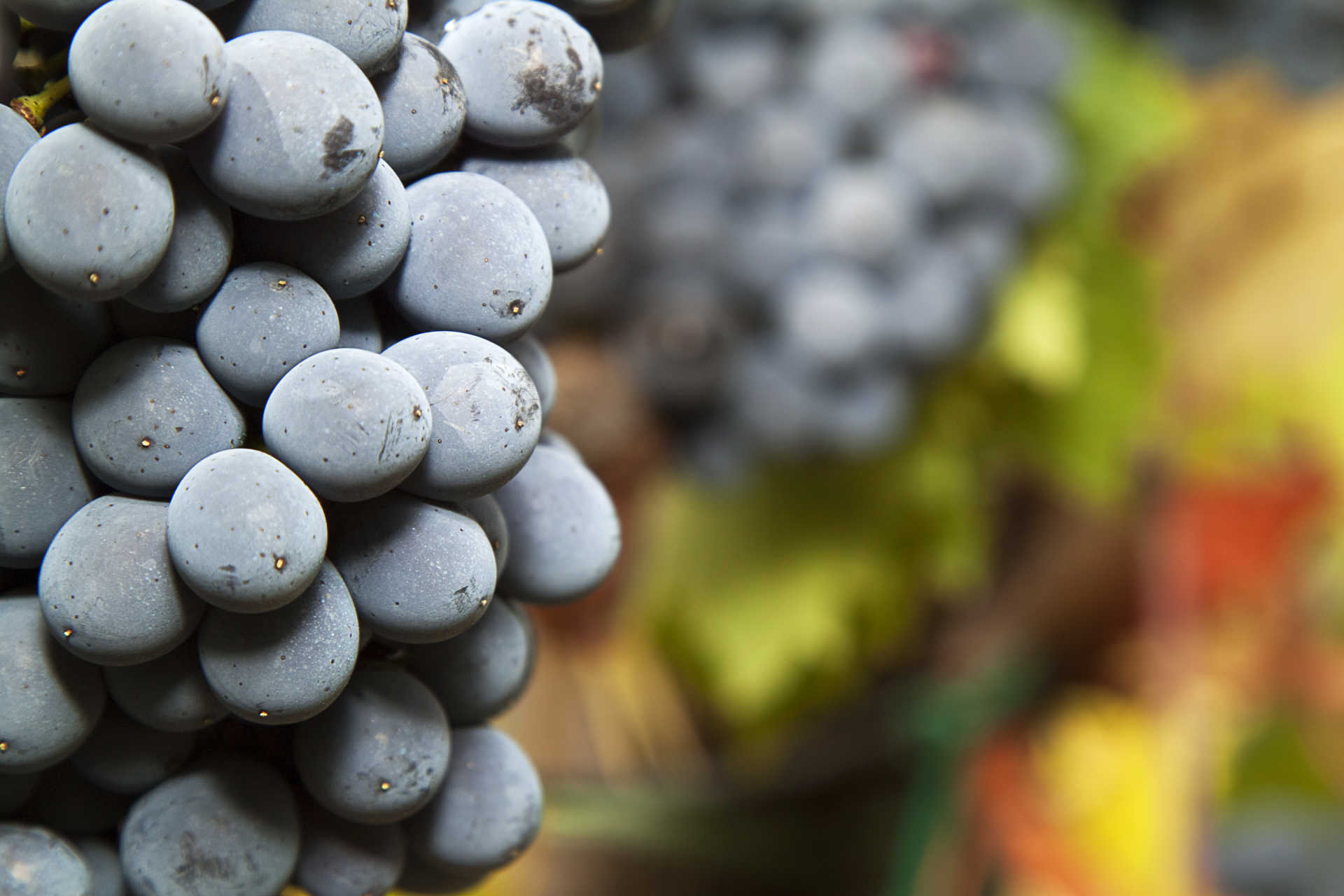Fantini Sangiovese 2021
-
James
Suckling



Product Details
Your Rating
Somm Note
Winemaker Notes
Blend: 100% Sangiovese
Professional Ratings
-
James Suckling
Aromas of blackberries, black cherries and rock salt. Medium- to full-bodied with soft tannins. Brooding on the palate with an easy feel. Drink now.







Fantini (by Farnese) wines are a reflection of the colors of Abruzzo, painting wonderful landscapes of taste and living for the love of the endless vineyards that are protected by Mount Majella. The vineyards are located on the hillside and stretch from the sea to a soaring 9,843 feet. The vineyards enjoy optimum exposure and an excellent microclimate which explains why the grapes grow so well in this area.
Fantini employs the most advanced technology as it is absolutely necessary to (enable the features of the grapes to be transferred intact to the bottle). It is Farnese’s belief that excessive enthusiasm while working in the vineyards is pointless if the winery is unable to maintain certain standards when bottling. In the winery’s words, “We believe we cannot produce a great wine without constant supervision on behalf of expert winemakers which is the reason why in each vintage six successful winemakers live in perfect harmony with the grapes that arrive at the winery and are turned into great wines.”

Among Italy's elite red grape varieties, Sangiovese has the perfect intersection of bright red fruit and savory earthiness and is responsible for the best red wines of Tuscany. While it is best known as the chief component of Chianti, it is also the main grape in Vino Nobile di Montepulciano and reaches the height of its power and intensity in the complex, long-lived Brunello di Montalcino. Somm Secret—Sangiovese doubles under the alias, Nielluccio, on the French island of Corsica where it produces distinctly floral and refreshing reds and rosés.

A warm, Mediterranean vine-growing paradise, in Abruzzo, the distance from mountains to seaside is relatively short. The Apenniness, which run through the center of Italy, rise up on its western side while the Adriatic Sea defines its eastern border.
Wine composition tends to two varieties: Abruzzo’s red grape, Montepulciano and its white, Trebbiano. Montepulciano d’Abruzzo can come in a quaffable, rustic and fruity style that generally drinks best young. It is also capable of making a more serious style, where oak aging tames its purely wild fruit.
Trebbiano in Abruzzo also comes in a couple of varieties. Trebbiano Toscana makes a simple and fruity white. However when meticulously tended, the specific Trebbiano d’Abruzzo-based white wines can be complex and long-lived.
In the region’s efforts to focus on better sites and lower yields, vine acreage has decreased in recent years while quality has increased.
